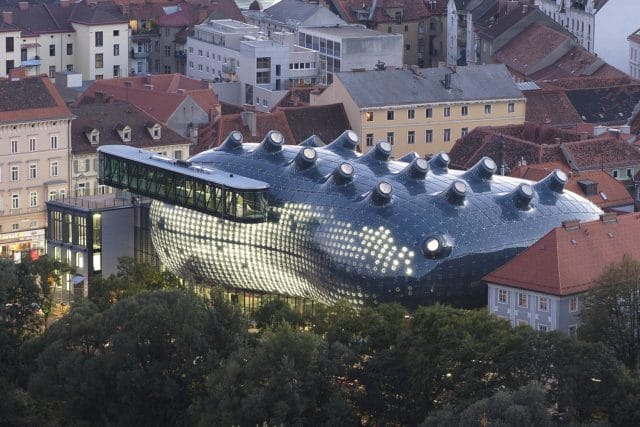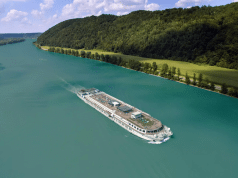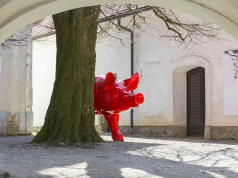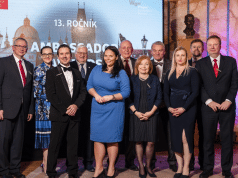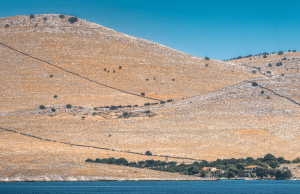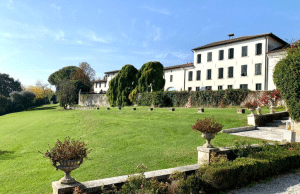The Italian advertising revolutionary came to Styria. On 19 and 20 October Atelier Jungwirth organized a two-day Masterclass with the Milan-born photographer, which conveyed fascinating insights into Toscani’s imagination not only for photographers but for creative individuals from all sectors. Not technology but the art of looking under the surface of things is paramount.
The workshop was entitled: “Is taking pictures enough to be a photographer?ˮ
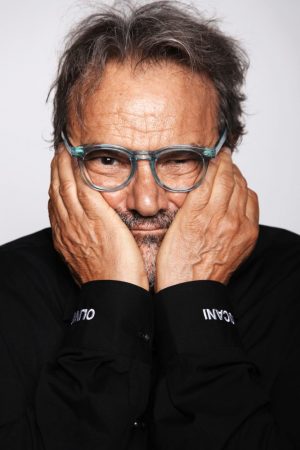
To make it clear right away – taking beautiful pictures was always too little for Toscani. His photography is interested in real social issues. Against the background of war, anorexia and HIV imagery emerges that startles and gives even traditional companies significant impetus to finally open their eyes. Whether the photos are nevertheless “beautifulˮ has been debated fiercely for decades.
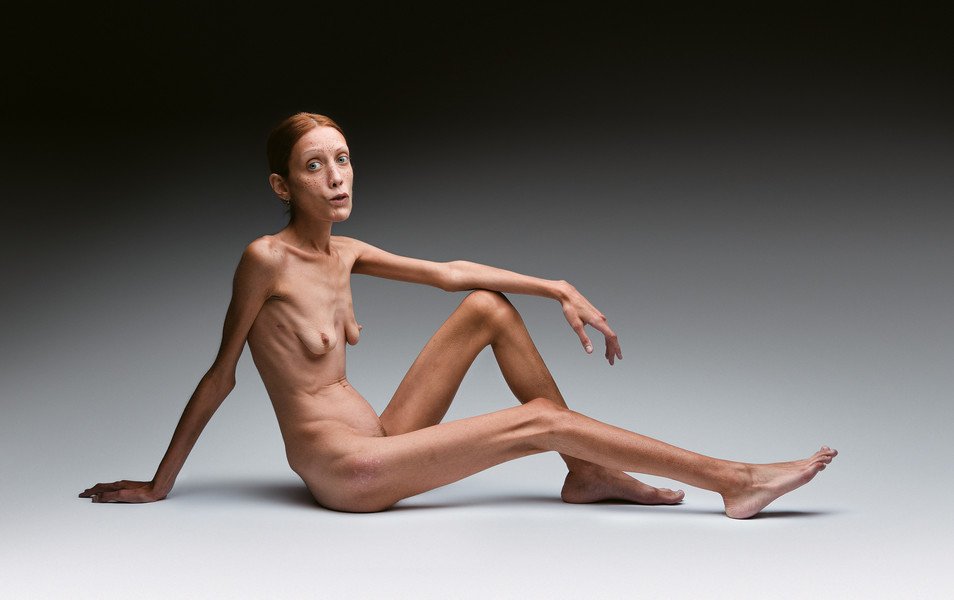
The Italian neither goes easy on himself nor on his customers. He looks under the sparkling surface and, in this way, creates new iconic pictures. Toscani has achieved so much in his career that only a small part can be re-told here. In addition to his work for Benetton he also created campaigns for Esprit, Chanel and Fiorucci. He worked for Elle, Vogue, GQ, Harper’s Bazaar, Esquire, Stern and Liberation. He founded the magazine “Colorsˮ and was significantly involved in the establishment of Benetton’s creative workshop “Fabricaˮ. And he is considered to be a committed teacher who passes on his knowledge with passion.
Since 2007 he has been travelling around the world for his project RAZZA UMANA (www.razzaumana.it). The aim is to capture the diversity of humankind on photographs and videos. There was an exhibition of Toscani’s works at Atelier Jungwirth in Graz as well as a talk, also in Graz, on 17 October.
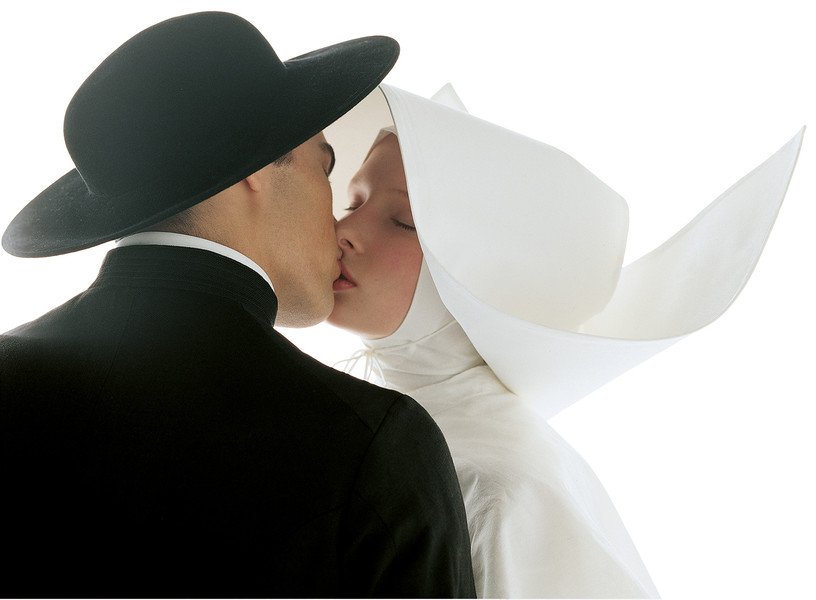
What design means for Graz
According to an online-survey of Joanneum Research, one of the biggest research centres in Styria, in 2010, design is clearly the strongest area of Styrian creative economy with a contingent of 50 %, followed by the areas art, culture and music as well as media. In the Data pool of the Creative Industries Styria—the largest online account of the Styrian creative economy—there were 850 entries of creative professionals residing in Graz on June 30th 2010. Graphics design, architecture as well as promotion and communication design make the biggest part of the Graz Design scene, followed by information design, web design and multimedia & screen design.
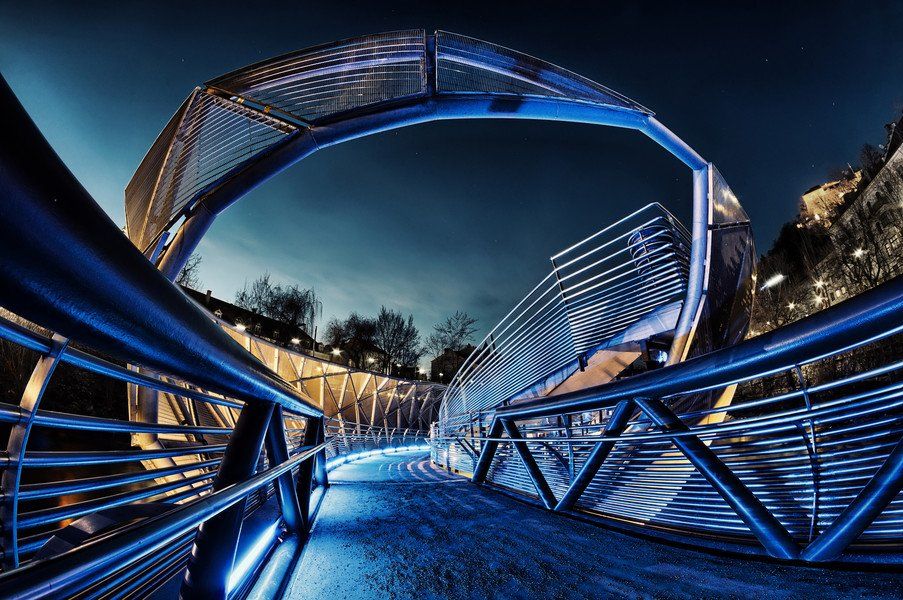
Graz has extensive experience in organizing and implementing design-related exhibitions, events and festivals. The most important of these are the design festival assembly, springfestival, La Strada, steirischer herbst, styriarte, Lendwirbel, Europrix and Design Month. Every spring, they present contemporary design to a broad public, thereby raising the awareness of design. The assembly festival for example has had an international reputation for years, and as a consequence international designers from countries such as Slovenia, Croatia, Bosnia, Bulgaria, Hungary, the Czech Republic and Latvia enrich it with their presence.
By: Ajda Borak


